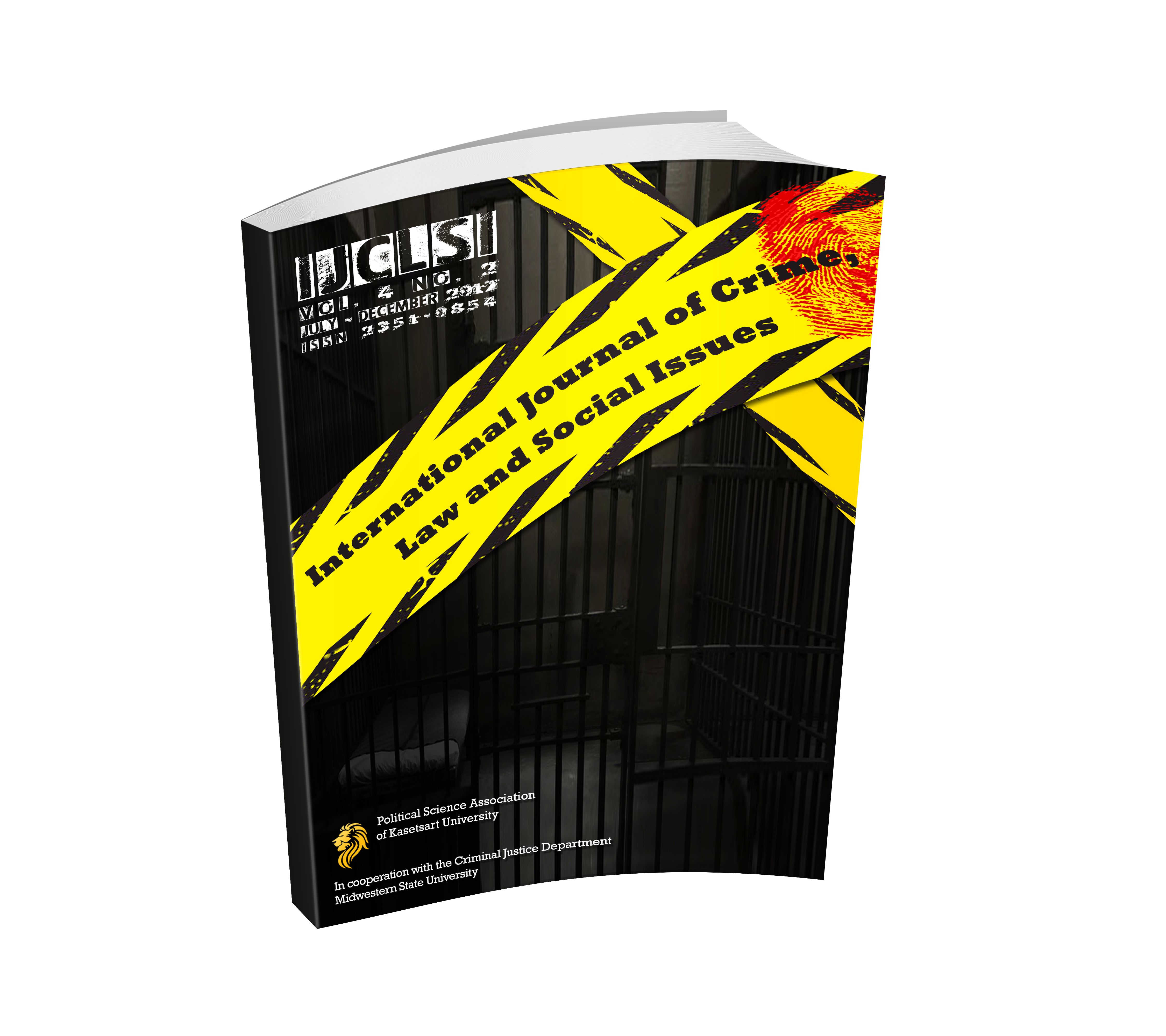Determining the Practicality of Utilizing Eye Movement Desensitization Reprocessing Therapy with Substance Abusing and Co-Occurring Disordered Populations in a Prison Treatment Environment
Keywords:
Eye Movement Desensitization Reprocessing, Substance Abuse, Co-Occurring DisordersAbstract
This manuscript provides a thorough overview of Eye Movement Desensitization Reprocessing (EMDR), demonstrating that this approach to treatment goes beyond mere technique and, instead, comprises an entire theoretical and therapeutic modality. Further, support for the use of EMDR to not only aid those in trauma but individuals with substance abuse and co-occurring disorders is given, along with an example of such use in prison environments. Because such therapeutic service delivery is uncommon in such environments and because there is a dearth of research of EMDR in the field of corrections, our current overview suggests that EMDR should be made more frequently available and more frequently studied with substance abusing inmates who are in prison environments.
Downloads











.png)


